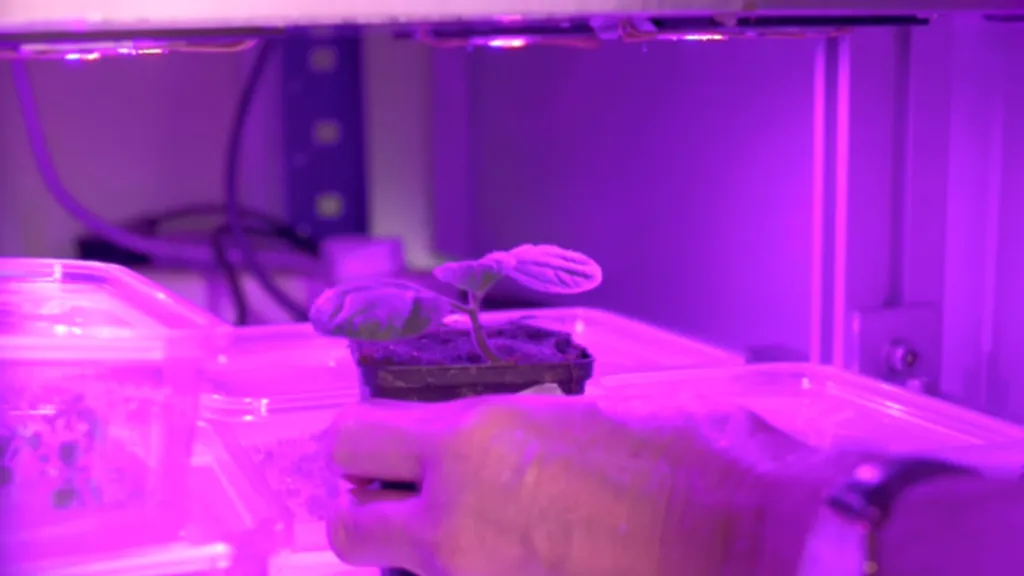In the heart of Ireland, at the University College Cork, a groundbreaking study is unfolding that could reshape the future of indoor farming and energy efficiency. Gaia Crestani, a researcher at the School of Biological, Earth and Environmental Science and Environmental Research Institute, is leading the charge in exploring the untapped potential of UV Light Emitting Diodes (LEDs) in controlled-environment agriculture.
As the global population continues to grow and climate change intensifies, the pressure on our food supply systems is mounting. Crestani’s research, published in the *Journal of Sustainable Agriculture and Environment* (translated to English as “Journal of Sustainable Agriculture and Environment”), offers a glimmer of hope. The journal is a peer-reviewed publication that focuses on sustainable agricultural practices and environmental conservation.
Indoor farming has long been touted as a solution to these challenges, offering precise control over environmental parameters like light, temperature, and water availability. However, Crestani’s work delves into a lesser-explored area: the manipulation of ultraviolet (UV) wavelengths to optimize crop production.
“While there’s extensive information on the use of visible light in indoor farming, the potential of UV wavelengths has been largely overlooked,” Crestani explains. “Recent advances in UV LED technology have opened up new possibilities for precise spectral control of plant architecture, flavor, and stress resistance.”
The study serves as a practical guide to the different UV sources that can be employed in controlled-environment agriculture. It discusses important technical considerations for selecting single-wavelength LEDs and highlights current limitations in LED performance.
One of the most compelling aspects of Crestani’s research is its potential impact on the energy sector. By using appropriate UV-LEDs and optical components, farmers can create a homogenously illuminated area of the desired size, avoiding light pollution and increasing LED energy efficiency.
“This technology could revolutionize the way we think about indoor farming,” Crestani says. “It’s not just about increasing crop yields; it’s about doing so in a sustainable and energy-efficient way.”
The implications of this research are far-reaching. As the world grapples with the challenges of climate change and food security, innovative solutions like UV-LED technology could play a pivotal role in shaping the future of agriculture.
Crestani’s work is a testament to the power of interdisciplinary research, bridging the gap between biology, environmental science, and technology. As we look to the future, the potential of UV-LEDs in indoor farming offers a beacon of hope, illuminating a path towards a more sustainable and food-secure world.
In the words of Crestani, “This is just the beginning. The possibilities are endless, and the potential impact on our food systems and energy consumption is immense.”

